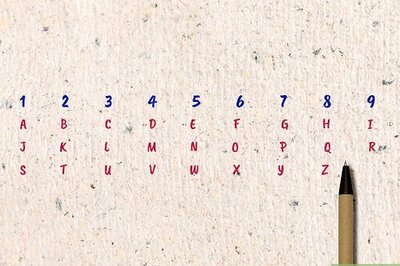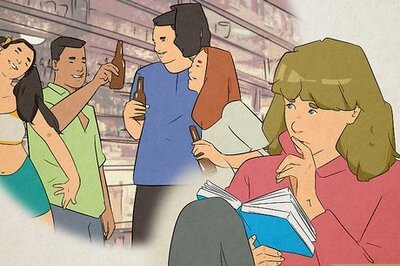
views
Sydney: Round the clock media coverage of the Japan earthquake disaster could put people at greater risk of developing traumatic reactions, says a clinical psychologist.
Ian de Terte from the School of Psychology, Massey University, specialises in vicarious trauma - where people are exposed to traumatic incidents through secondary means, like having personal involvement with victims or following news reports of devastating and tragic events.
This can apply to emergency workers and others dealing directly with the dead, the injured, the bereaved and other victims, but even those watching, reading and listening to the news can be just as much at risk, de Terte says.
He says the phenomenon, also known as compassion fatigue, has similar symptoms to post-traumatic stress disorder (PTSD), according to a Massey statement.
"It's through watching disaster coverage and listening to it over and over again; you're at greater risk of developing symptoms similar to PTSD.
"People can have nightmares, become quite anxious and fearful," he says.
He estimates that the prevalence will be consistent whether people are directly exposed to the event or indirectly exposed by following it in the news media.
His doctorate thesis looks at the police and how some officers develop symptoms of such trauma after dealing with harrowing incidents, and some don't. There are key indicators, including a change in a person's behaviour, for family and friends to look out for.
However, on the positive side, people's heightened awareness of disasters could help them better prepare mentally and practically for something that directly affects them.



















Comments
0 comment